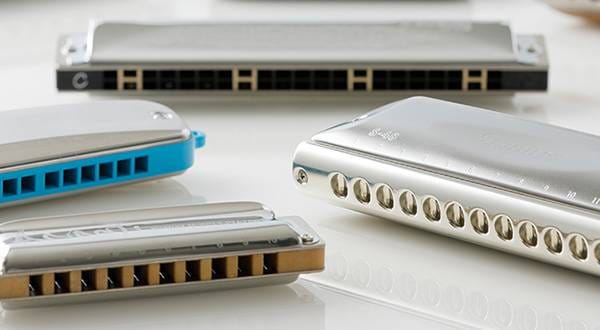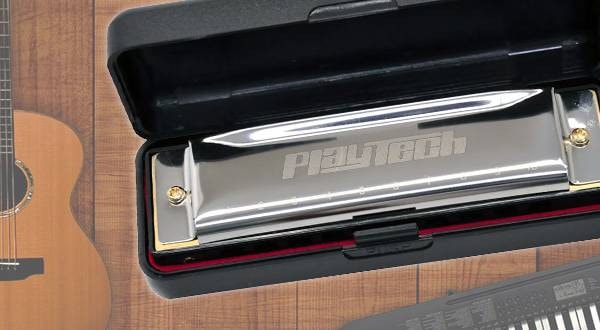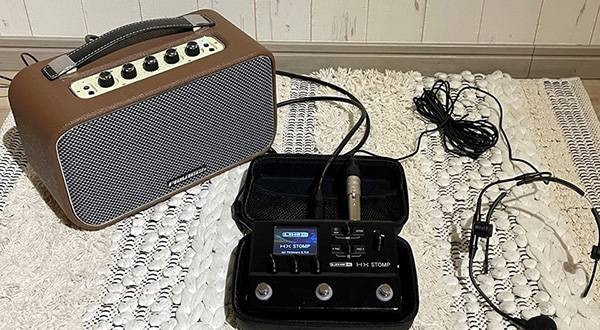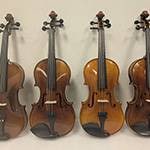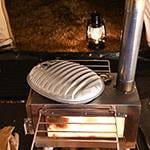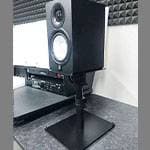Forestone, a domestic brand that produces saxophone and clarinet resin reeds They adhere to a discerning finishing process that provides a good sense of sound and blowing.
■ Synopsis of the Part 1
* Comparison between resin reeds and natural reeds
* Features unique to Forestone
* Process in which a mixture of bamboo-derived cellulose fiber and polypropylene resin is poured into a mold
Check out this blog. Forestone Synthetic reed Factory tour no.1
■ Here is the Part 2
First, the bottom surface
A natural reed, even if it is slightly warped, can be straightened by pressing it with a ligature; the shape will change. But when it comes to Forestone, the heel part is hard to bend, so the back of the reed that hits the mouthpiece so that it does not warp or put out easily.
This photograph is an example of changing the appearance of the surface extremely. You can see that the area of the polished part without gloss is slightly different.
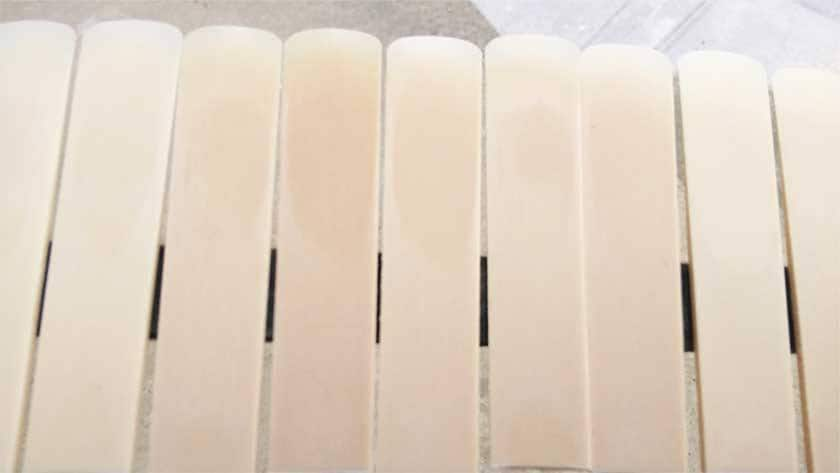
Please be assured that there will be no errors in manufacturing.
Next, blast processing

To put it simply, this makes it rough. The back of the lead is blasted on all models. It seems that the fitting with the mouthpiece is improved by making fine irregularities. The reed surface is applied with a double blast for the Hinoki, White Bamboo, and Black Bamboo, giving it a grainy appearance reminiscent of reeds. An unblasted surface has good and bad points, but there are fewer overtones and a crisper texture. The blasting process is surprising because it only makes a difference in the direction in which it is blasted.
Finally, annealing
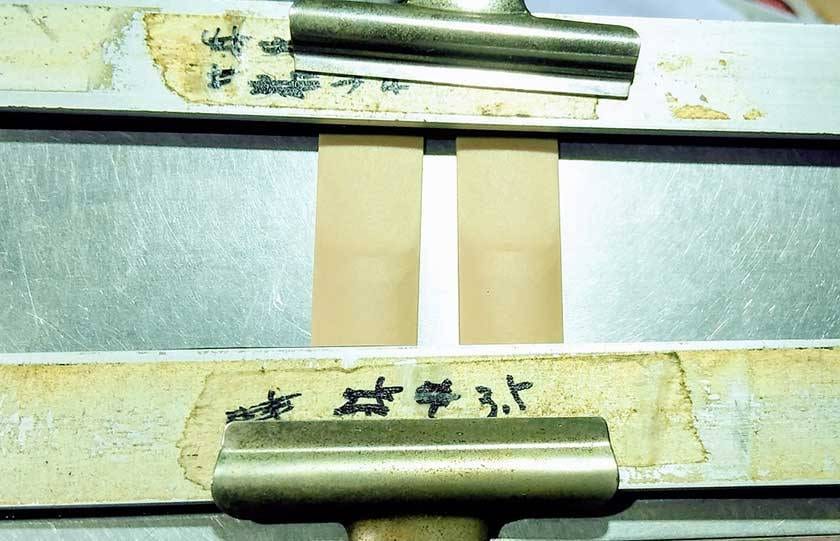
This is performed to reduce the processing stress on the material and stabilize the condition. Heat is applied to the reed that has been processed all the way to blasting, and it takes time to cool.
The processed reeds are sent from the factory to the head office for inspection.
▶ Check if the tip is broken or deformed
▶ Is there enough back surface?
▶ Check the balance: if it reaches too far to the tip, it will impair the sound.
▶ Is there any unevenness in blast processing?
Specialists will check each piece visually. They also check the blow for every lot to see if there is any change in the feeling or sound. Only the reeds that have passed the inspection will be delivered to us in a case and package That's it.
When you get to this points, you will be moved!
● Features of each series
Here, we will summarize the characteristics of each series.
○ Traditional
Adopts a filed (French) cut with a straight, thin step under the U-shaped part. It has the strongest tip among the four series and is recommended for users using resin reeds for the first time.
○ Black Bamboo
A stiff reed with a carbon blend in addition to bamboo fiber. Adopts a filed (French) cut. Soft sound suitable for classical music and brass band.
○ Hinoki cypress
Bright tone with many overtones. Adopts an unfiled (American) cut. A very popular model for jazz players.
○ White Bamboo
A model with a mouthfeel close to cane. A combination of materials similar to the Hinoki series and uses a filed (French) cut. A good response can be obtained and can be used regardless of genre.
● Estimated hardness
This is a guideline compared to natural reeds. If you are using Vandoren's Traditional/blue box, No. 3, 3.5 for White Bamboo and H for other series. Check this table for details
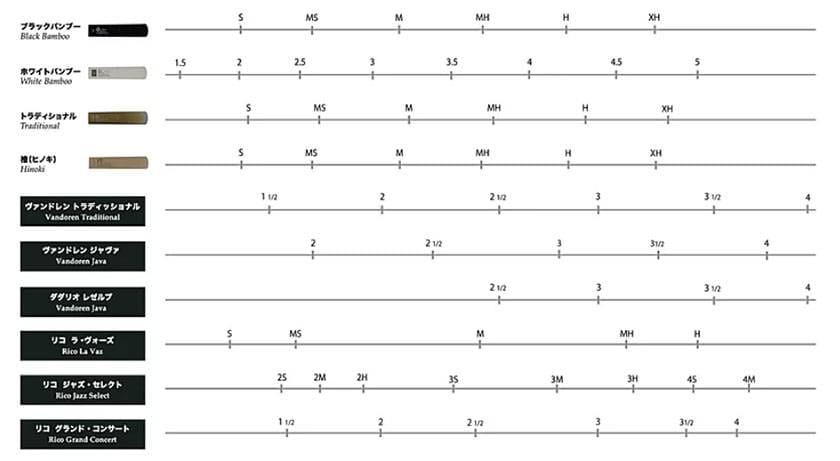
In the end
Forestone's resin reed was emitted by the machine and I thought it was over, but it turned out that that there was a lot of handiwork that followed the machine. This is an item you’ll want to put in your reed case.
【 Forestone SopranoSax 】
【 Forestone AltSax 】
【 Forestone TenorSax 】
【 Forestone BaritonSax 】






